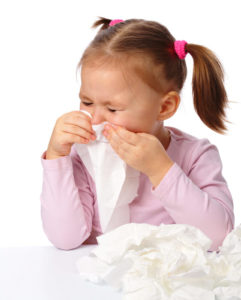
The Surprising Connections Between Disease and Longevity

The Surprising Connections Between Disease and Longevity
 Every organism on earth has the same end goals: to survive and reproduce. In the case of parasites and pathogens, this is no different. Generally, the term “parasite” comes with a negative connotation and causes people to immediately think of severe illnesses, such as malaria. In reality, parasites and pathogens do not always have such severe effects on their hosts. They are simply manipulating their host in the method that will result in the greatest likelihood of their survival and proliferation. While malaria is a terrible diseases, the reason it basically incapacitates its host is to make it easy for other mosquitoes to bite the infected host and pass the parasite on to other unsuspecting individuals. This extreme level of virulence is not necessarily the norm. Some microbes, such as the common cold, actually want their host to be well enough to go about with their daily activities because it provides more opportunities for the virus to be passed to other individuals. This chapter introduces the theory that if we use our understanding that pathogens evolve in order to best increase their probability of transmission, and we work to shut down all modes of transmission and transportation other than direct human to human interaction, we could actually push the evolution of pathogens to less virulent strains. While this may seem like a long shot and certainly will not work with all harmful microbes, it is worth a try. It is about time we manipulated pathogens instead of them manipulating us.
Every organism on earth has the same end goals: to survive and reproduce. In the case of parasites and pathogens, this is no different. Generally, the term “parasite” comes with a negative connotation and causes people to immediately think of severe illnesses, such as malaria. In reality, parasites and pathogens do not always have such severe effects on their hosts. They are simply manipulating their host in the method that will result in the greatest likelihood of their survival and proliferation. While malaria is a terrible diseases, the reason it basically incapacitates its host is to make it easy for other mosquitoes to bite the infected host and pass the parasite on to other unsuspecting individuals. This extreme level of virulence is not necessarily the norm. Some microbes, such as the common cold, actually want their host to be well enough to go about with their daily activities because it provides more opportunities for the virus to be passed to other individuals. This chapter introduces the theory that if we use our understanding that pathogens evolve in order to best increase their probability of transmission, and we work to shut down all modes of transmission and transportation other than direct human to human interaction, we could actually push the evolution of pathogens to less virulent strains. While this may seem like a long shot and certainly will not work with all harmful microbes, it is worth a try. It is about time we manipulated pathogens instead of them manipulating us.